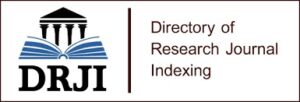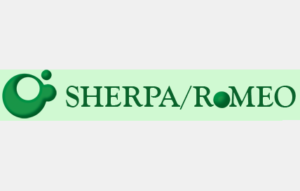Physiological and Serum Metabolic Profiles of Broiler Chickens Fed Diets with Increasing Levels of Pro-Vitamin A Cassava Leaf Meal as Groundnut Cake Substitute
The rising cost and seasonal scarcity of conventional protein sources, such as groundnut cake, have constrained the potential of poultry to address animal protein deficiency in Nigeria. This study investigated the haematological and serum biochemical responses of broiler chickens fed diets containing graded levels of Pro-Vitamin A Cassava Leaf Meal (PVACLM) as a replacement for groundnut cake protein. A total of 120 day-old broiler chicks of the Anak strain were randomly assigned to four dietary treatments, each comprising 30 birds and replicated thrice (10 birds per replicate) in a Completely Randomised Design (CRD). The dietary treatments included PVACLM at 0% (T1—control), 5% (T2), 10% (T3), and 15% (T4) inclusion levels. Cassava leaves were harvested from the National Root Crops Research Institute (NRCRI), Umudike, wilted overnight, air-dried for five days, milled into leaf meal, and incorporated into experimental diets. Birds were fed ad libitum for eight weeks, with standard brooding, vaccination, and management protocols followed. At the end of the experiment, blood samples were collected to assess haematological and serum biochemical indices, while economic implications were also evaluated. The haematological results revealed that red blood cell (RBC), packed cell volume (PCV), and haemoglobin (Hb) values increased numerically with increasing PVACLM inclusion, though the highest values were found in T1 (RBC: 3.50 ×10⁶/µL, PCV: 29.67%, Hb: 11.47 g/dL). White blood cell (WBC) counts decreased progressively across treatments, with the highest value in T1 (19.03 ×10³/µL) and the lowest in T4 (15.95 ×10³/µL), indicating improved immune regulation. No significant differences (p > 0.05) were observed among treatment groups in platelet count, mean corpuscular volume (MCV), mean corpuscular haemoglobin (MCH), and mean corpuscular haemoglobin concentration (MCHC), suggesting physiological stability. Serum biochemical indices showed significant differences (p < 0.05) in total protein, globulin, cholesterol, and glucose concentrations. Birds in T3 recorded the highest total protein (3.49 g/dL) and globulin (1.32 g/dL), indicating improved protein metabolism. Cholesterol levels decreased with increasing PVACLM levels, with the highest value in T1 (85.70 mg/dL) and the lowest in T4 (74.55 mg/dL), suggesting enhanced lipid regulation. Serum glucose concentrations increased with higher PVACLM inclusion, with T4 showing the highest value (172.33 mg/dL), likely due to improved carbohydrate metabolism and liver function. The combination of PVACLM with groundnut cake yielded a balanced amino acid profile, particularly enhancing lysine availability, which is often limiting in cassava-based diets. These findings demonstrate that PVACLM can serve as a viable, cost-effective, and nutritionally safe alternative protein source in broiler diets. Its incorporation up to 15% in replacement of groundnut cake did not negatively affect blood health or serum metabolic functions, and may even confer metabolic benefits, such as improved protein utilisation and lipid regulation. In conclusion, Pro-Vitamin A cassava leaf meal is a sustainable, affordable, and nutritionally beneficial feed ingredient for broiler production in regions with limited access to conventional protein sources.




















